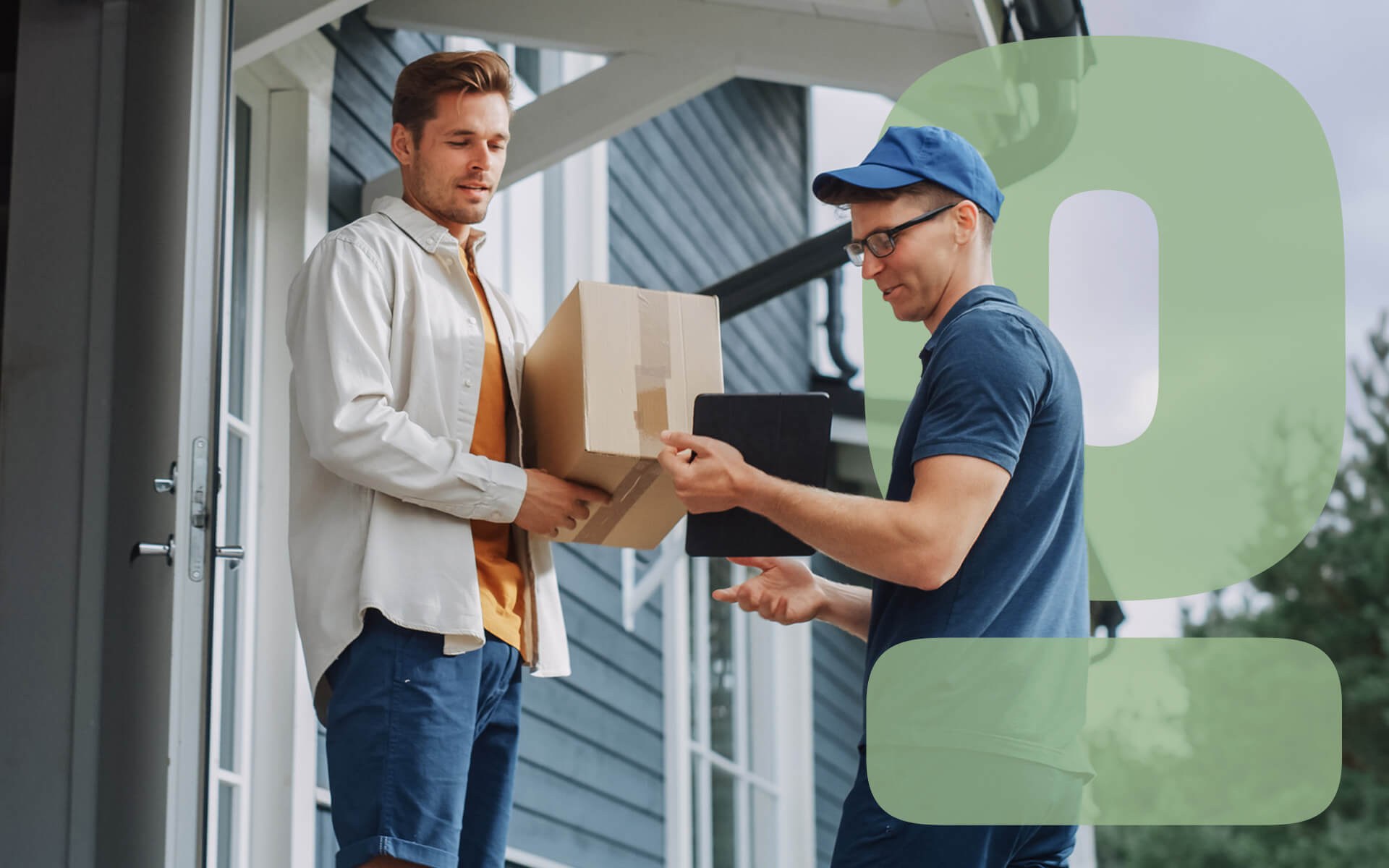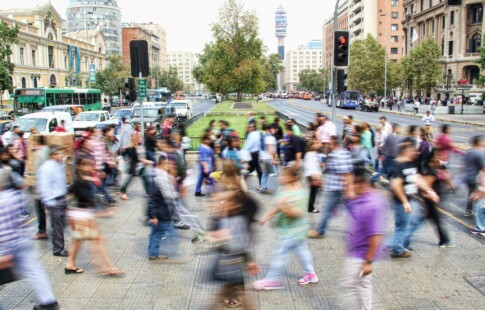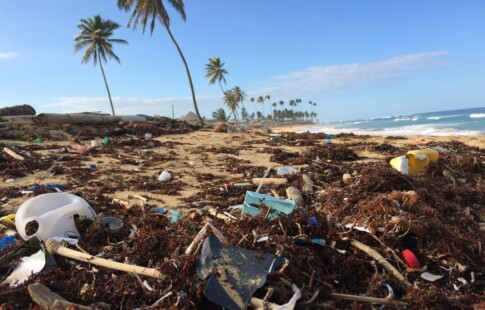
Top 10 Sustainable Online Shopping Tips
We are reader-supported. When you buy through links on our site, we may earn affiliate commission.
Online shopping is booming. 96% of American shoppers have made an online purchase at least once in their lives, and 90% expect to continue this trend in 2023. With billions of people ordering shipments and getting deliveries, this kind of virtual marketplace isn’t sustainable long-term. Consumers need to step up and be more environmentally conscious.
Here are the top ten sustainable online shopping tips everyone should know as we enter the holiday season.
1. Buy Local
The first thing online shoppers should prioritize is buying local. Purchase your products from local vendors as often as you can. Buying locally means shorter shipping times, which means fewer carbon emissions, which means you’re helping reduce your community’s carbon footprint.
It also improves the local economy by enabling the area’s small businesses to thrive.
2. Buy In-Season
You might not have considered online grocery shopping, but it can be a great sustainable shopping habit at certain times of the year. Fruits and vegetables have specific harvesting seasons when the products are fresh and abundant. You get the best possible products delivered to your doorstep, saving them the trip to a retail grocery store.
You might also get better prices for buying online, especially if you use farmers’ websites instead of big-name stores.
3. Look for Environmental Certifications
One of the most surefire sustainable online shopping strategies is to look for environmental certifications. Some companies have green business certifications that verify their commitment to eco-friendly practices. The certifications might also indicate products made from recycled or organic materials (more on those products later).
All kinds of industries use GBCs to bolster their credibility, from food to fashion. However, some companies greenwash their products in disingenuous attempts to appear eco-friendly. Big corporations like Starbucks, Coca Cola and BP Oil and others have been caught greenwashing before. Make sure the company’s efforts are legit before making the purchase.
4. Consolidate Your Deliveries
Instead of ordering a bunch of small deliveries, consolidate them into one large package. That means you’ll need to cut back on binge buying from different sites. Stick to shopping on one site at a time. If you need to buy a large product, save the other purchases for another day. Less packaging means less waste, both for you and the company.
5. Avoid Plastic Packaging
You should also avoid plastic packaging, if possible. Buy from companies that use sustainable packaging, such as corrugated cardboard and biodegradable materials. You have a good chance of finding companies that use these materials in your local area. Big-name retailers that prioritize efficiency over everything else aren’t likely to be using sustainable packaging.
6. Purchase Used and Recycled Items
Online marketplaces like eBay, Craigslist, Etsy and more allow people to sell their used and recycled items. The products might not have the same quality, but they’re usually cheaper. Buying used also ensures that you’re not contributing to the waste and energy consumption from producing, packing and shipping the items.
7. Have Your Items Shipped to a Parcel Service
Instead of having items delivered to your door, have them shipped to your nearest post office or parcel service. This small adjustment saves the service from expending more emissions to drive to your house. You can pick up the package later during your daily commute, while you’re running errands, or at another convenient time.
8. Dispose of Your Packaging Properly
Even if you practice the first seven steps, you might offset them by failing to properly dispose of the packaging. Look on the company’s website to confirm whether you should recycle, compost or throw away the packaging. You should also see if you can find another use for the package around the house. Many people use their leftover packages as storage containers.
9. Only Make Returns When Necessary
Everyone has returned an online order at least once, effectively doubling the transaction’s emissions and defeating the purpose of sustainable online shopping. Only make returns when 100% necessary, such as when the product is dysfunctional. Don’t be nitpicky and send clothes back if they’re not the right size. Either deal with it or donate the clothes to a local charity.
10. Shop for the Long Haul
Most importantly, you need to shop for the long haul. Buy products that you expect to use for many years. Don’t buy one-off items that will end up in the garbage in a few weeks. Food is an obvious exception, but smaller items like tools and toys often get forgotten. The best sustainable online shoppers hardly do any shopping at all, and they put every product to good use.
Rethink Your Online Shopping Habits
As local and global economies become more environmentally conscious, your online shopping habits must do the same. Keep these top ten tips in mind to become an expert at sustainable online shopping so you can contribute a little bit more to reduced emissions and net-carbon neutrality.
Share on
Like what you read? Join other Environment.co readers!
Get the latest updates on our planet by subscribing to the Environment.co newsletter!
About the author

Steve Russell
Steve is the Managing Editor of Environment.co and regularly contributes articles related to wildlife, biodiversity, and recycling. His passions include wildlife photography and bird watching.





